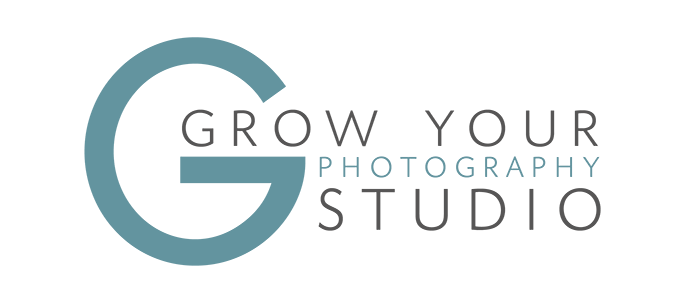Ever experienced “Editing procrastination”?
You KNOW that session didn’t go as planned and now you are just DREADING the idea of looking at the images.
Never mind editing them.
But editing procrastination might not be the most dangerous syndrome for a newborn photographer.
Pause for a moment and think your business.
Are you avoiding business or marketing tasks that you struggle with?
Maybe you avoid following up on enquiries because you just DON’T KNOW what to say, and you feel like you are bothering people?
… or you keep putting off planning any adverts, as your mind goes blank when thinking up content?
Is your pricing all over the place but you have no idea where to start to put it right?
You are not alone!
IN BUSINESS AND MARKETING… EVERYTHING IS “FIGUREOUTABLE”
It’s fulfilling and enjoyable to spend time doing things we excel at, and easy to avoid tasks we aren’t so great at.
People tend to be scared of what they are not good at, trying and failing can make them feel inadequate.
We bury our head in the sand and brush things under the carpet, but that feeling does not go away. It keeps us awake at night. It gets louder every time the problem manifests itself again (and believe me, it WILL happen).
The good news?
In business and marketing, everything is “figureoutable”.
The BETTER news is that figuring things out and improving will empower you and boost your confidence.
Yes, because it’s that feeling of “I don’t know what I am doing” that is keeping you stuck and making you wonder whether or not you are “good enough”.
PRACTICE WHAT YOU CAN’T PLAY
As a former piano tutor, I would tell my students “Practice what you CAN”T play’ and this translates very well to the business world.
A dear friend tells her children they only find some school work difficult because they haven’t learnt how to do it yet. She tells them it’s a sign they need more practice and ultimately that they need to ask for guidance from someone who DOES know how to do it.
It’s the same in business.
It doesn’t mean you are BAD at something if you struggle, only that you require some help.
It’s a bit like having a toothache. It hurts a little bit, so you ignore it to avoid the dentist and save money, then in six months it’s 10 times as bad and will cost even more to get sorted.
Identifying your weaknesses and looking for ways to improve, seeking outside help from those who DO know, will get you on the right path. Far better than ignoring them, knowing full well they are going to come and bite you on the bum somewhere down the line.
Whether that presents itself as poor bookings, client issues or simply stress you do not need.
Once things click into place, you’ll find yourself enjoying 100% of your business, rather than just 75% and the rewards will be immense.
Part of being a good business owner is not only being able to delegate, but also to identify strengths and weaknesses, and be able to act upon them.
As “the owner”, you aren’t answerable to anyone but yourself, so it’s easy to slip into a habit of avoiding tasks you are weaker at and playing to your strengths.
Eventually, however, your strengths will suffer because of this – you need the whole choir singing in tune!
For instance, if it’s your marketing you are having issues with, it’s no good being the best photographer in the world if your marketing sucks!
Without clients, there is no photography business.
Or if your pricing is your nemesis you could be working your butt off, producing incredible results, but getting nowhere fast.
3 STEPS TO A BETTER PHOTOGRAPHY BUSINESS
“Ok, I get it, so now what?”
No matter what you are struggling with, solving your problem requires 3 steps:
1 – Total clarity about the problem itself and what’s causing it
2 – A solid plan
3 – The ability to make decisions when things don’t work as planned: stick to the plan or adjust? This makes the BIGGEST difference.
Achieving all this on your own is hard.
Being too close to the problem can lead to you not being able to see the wood for the trees. Facing your issues head-on can be daunting, so don’t do it alone. Letting someone assist you with their metaphorical axe paves the way for smoother running business, instead of giving up and going back to old habits, which can be all TOO tempting.
So before you immerse yourself and write the most sophisticated marketing plan the photography industry has ever seen… ASK FOR HELP.
Sometimes some outside guidance and little tweaks can be your ‘light bulb’ moment and go a long way to improving your confidence, happiness and success in what you do.
Yes, it can be hard releasing your hold on the reins when your business is your baby, but similarly, your baby deserves you to be firing on all cylinders.
If you are ready to finally feel confident and in control of your business, this is the most important page you will visit today.
Book a free business and marketing coaching call using the button below and we’ll help you define exactly how to implement these 3 steps to a better photography business.
